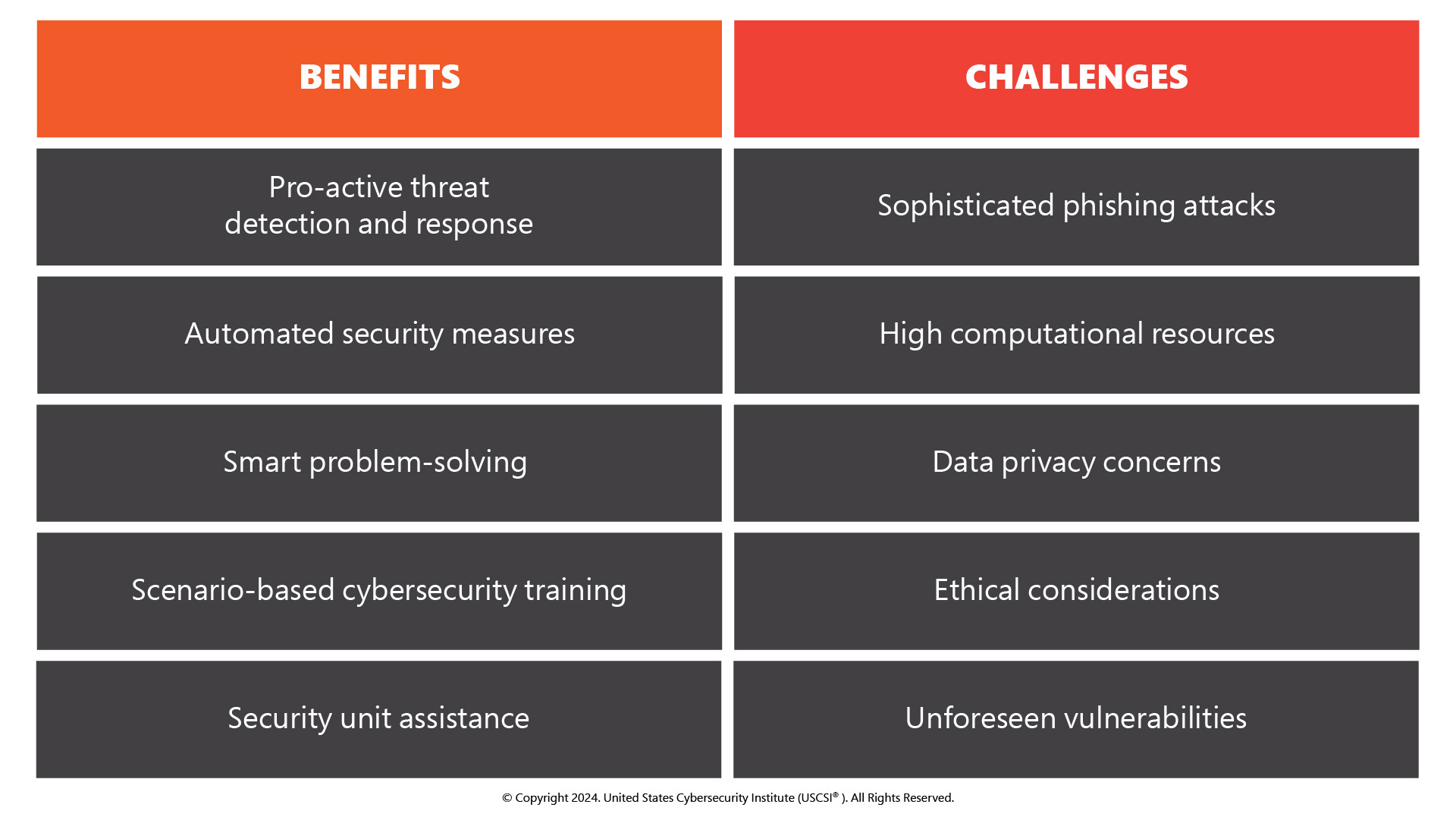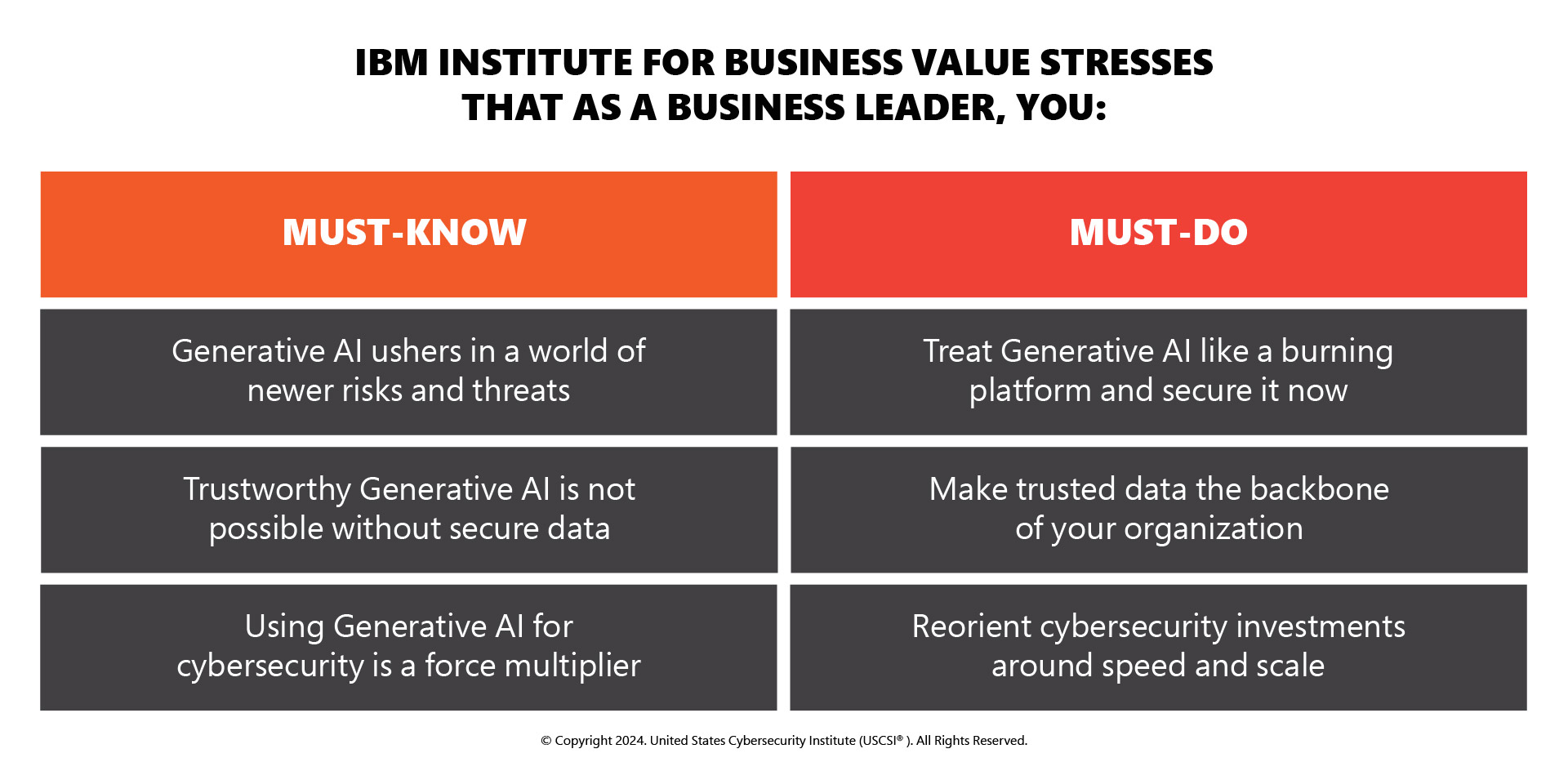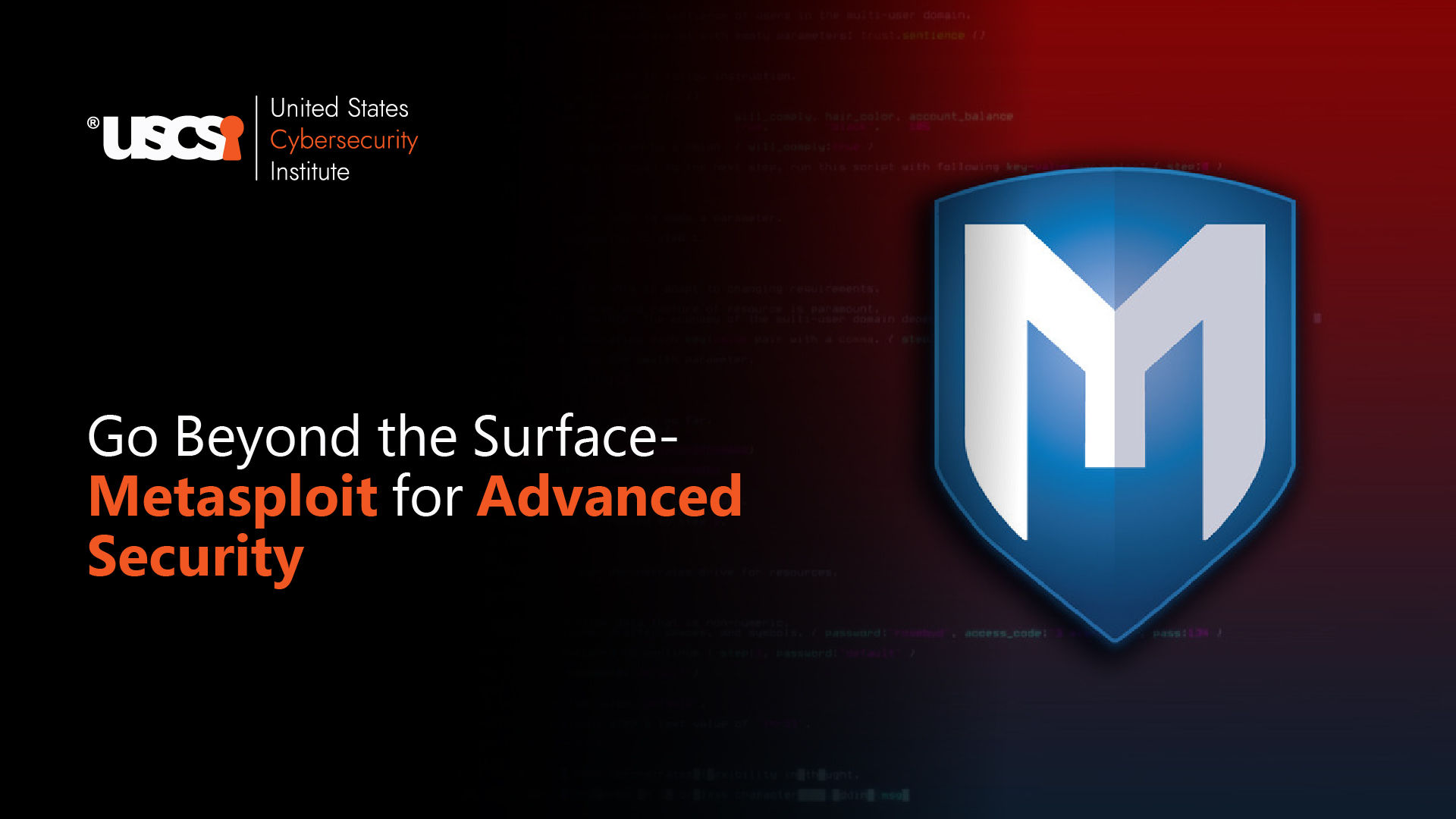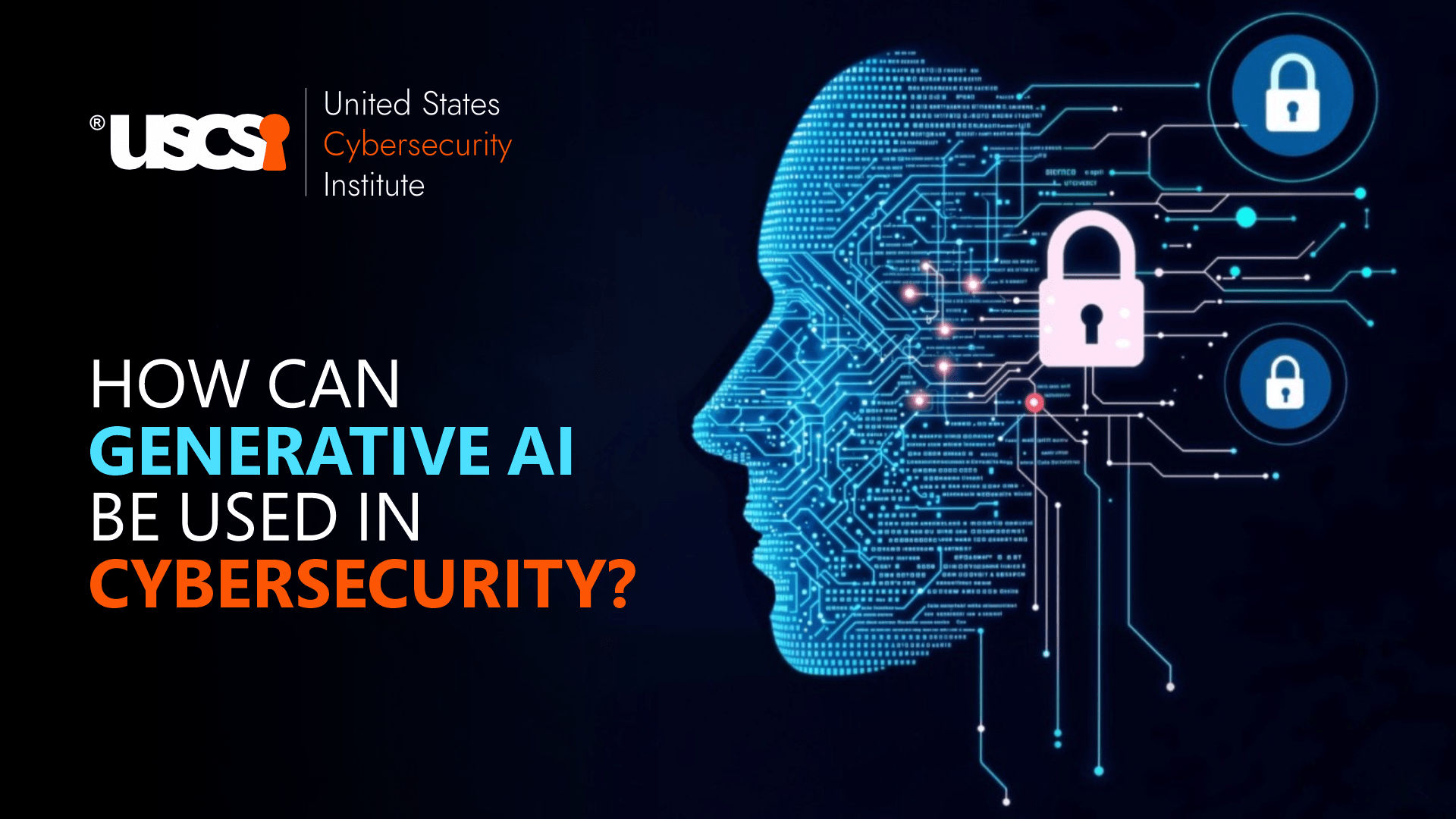

Is Generative AI a Looming Threat in Cybersecurity?

Yes, you read that right! Cybersecurity is no One-Man Show; it has become the responsibility of an entire team working together to latch the threat actors and fight any cyberattack together with core skills. The generative AI market has been growing tremendously ever since. It is where the future of technology upgrades lies. This is just the booming period for astounding technologies that come wrapped with Generative AI possibilities. Furthermore, cybersecurity threats are becoming prevalent with this recent tech evolution. This is why a robust cybersecurity plan is a must for businesses of all sizes to deal with the menace and secure their sensitive data and critical information. First off, let us unravel the core capabilities and probable challenges that Generative AI in Cybersecurity plans to usher and the quick tips to counter them.
Generative AI in Cybersecurity?
GenAI in Cybersecurity reflects upon the prominent shift in the ways cybersecurity professionals envision the future, predict, detect, and respond to threats. This technology leverages machine learning models based on generative adversarial networks (GANs) to simulate cyberattacks and defensive strategies.
Working:
Generative AI in Security Operations Centers (SOCs) and Security Event and Incident Management (SIEM) has become essential in cybersecurity prevention and threat mitigation. These models can identify patterns indicative of diverse cyberattacks such as malware, ransomware, etc that might elude traditional detection systems. Generative AI leverages advanced algorithms and neural networks trained on vast datasets to produce content that mimics the original data’s form and structure.
Generative Adversarial Networks (GANs) and Variational Autoencoders (VAEs) learn to generate text, images, audio, and video that are tricky to trace as human content. This entire process involves continuous feedback loops, where the model’s outputs are constantly evaluated and refined, thereby enhancing their accuracy and realism over time.


Useful Applications:
- Detection and creation of Phishing attacks
By analyzing patterns in legitimate communications, such as email messages; generative AI can identify subtle signs of phishing emails.
- Data masking and Privacy preservation
GenAI has a tremendous potential to create synthetic data that closely resembles real data sets; which is useful when working with sensitive information that requires protection.
- Automated Security Policy Generation
Analyzing an organization’s environment and security requisites allows for generating optimized policies to offer an appropriate level of security.
- Incident Response
With GenAI by their side, AI teams and cybersecurity experts can quickly isolate affected systems to minimize the damage of a security breach.
- Behavior Analysis and Anomaly Detection
GenAI generates models of normal user or network behavior and identifies deviations from the expected behavior.
- Prompt Reporting
GenAI streamlines the creation of comprehensive cybersecurity reports that can synthesize data from diverse sources into coherent reports churning out key findings.

Risk Involved:
With X-Force expecting staggering AI-enabled attacks in the near term, the real threat will emerge when AI enterprise adoption matures. Right now, there are too many AI systems at play. OpenAI’s ChatGPT becoming synonymous with Generative AI; Google Gemini outpacing its competitors- this is just the beginning of what a cyberwar could look like in some years down the line. The test created by Vero AI; measures the visibility, integrity, optimization, legislative preparedness, effectiveness, and transparency of models so far.
- Vulnerabilities during and after model training
- Violation of personal data privacy
- Over-exposure of Intellectual Property
- Cybersecurity Jailbreaks and Workarounds
The stage is set and the bar is way higher; to match up with these ever-evolving cyberattacks in the oozing cybersecurity industry. This is where you as a cyber aspirant must ramp up your cybersecurity tools and skills prowess with the globally trusted and top cybersecurity certification programs around the block.

Cybersecurity Best Practices for Using Generative AI:
- Closely read security policies from Generative AI vendors
- Do not put sensitive data when using Generative models
- Keep Generative AI models up-to-date
- Train employees with core upskilling via the best cybersecurity courses
- Use Data governance and targeted cybersecurity tools
Outlook:
With scenario-driven cybersecurity certifications and training modules; synthetic data generation; contextualized security monitoring, reporting, and recommendations; supply chain and third-party risk assessments; threat intelligence hunting, digital forensics, and incident analysis- You are set to a higher start in an informed cybersecurity industry. Automated patch management and phishing detection and prevention will go a long way in safeguarding against cyberwarfare against any potential threat infiltration. Popular cybersecurity tools such as Google Cloud Security AI workbench, Microsoft Security Copilot, Cisco Security Cloud, and many others are targeted at bringing to you the most trusted and guarded cybersecurity experience like never before. Gain an industry insight with the pioneers today!





